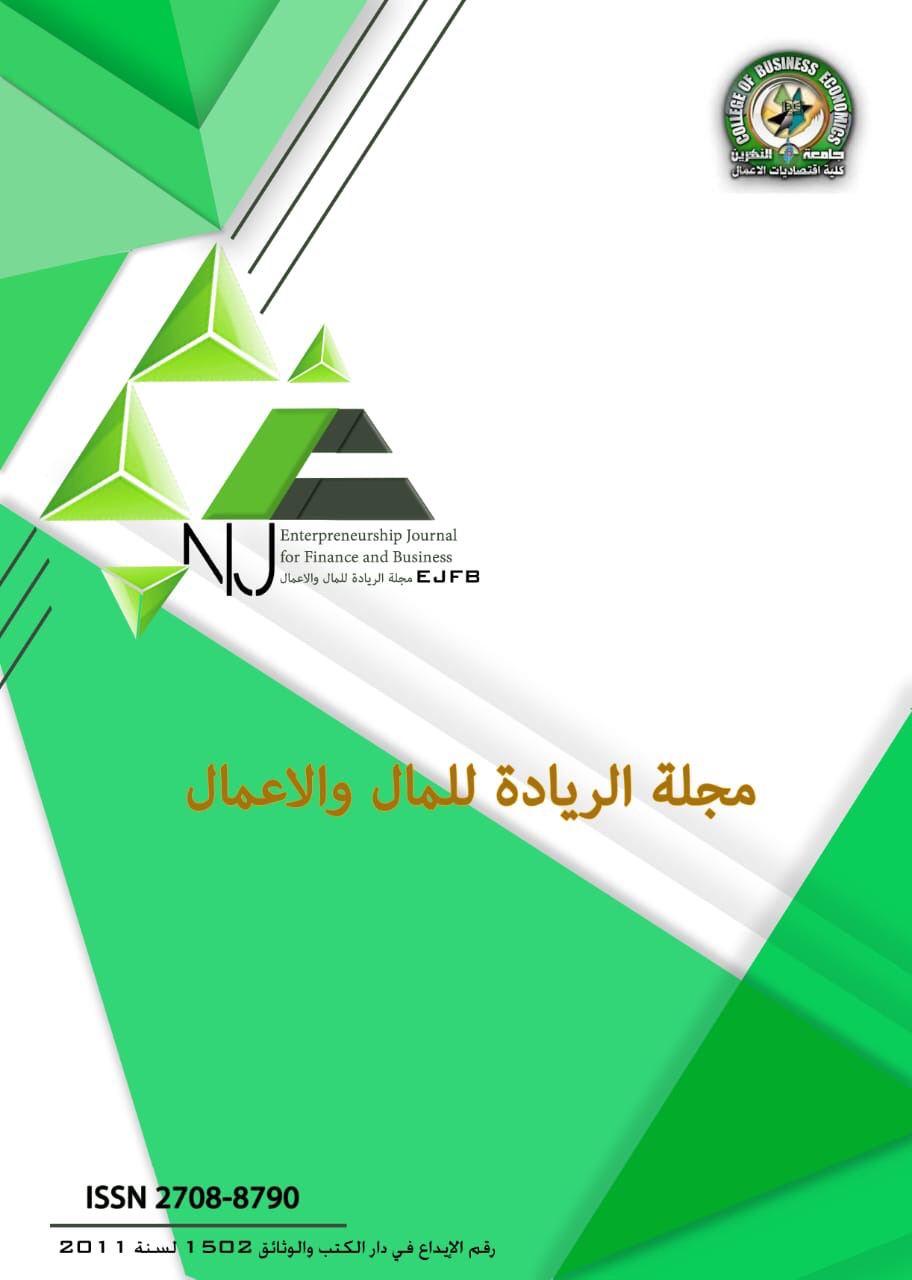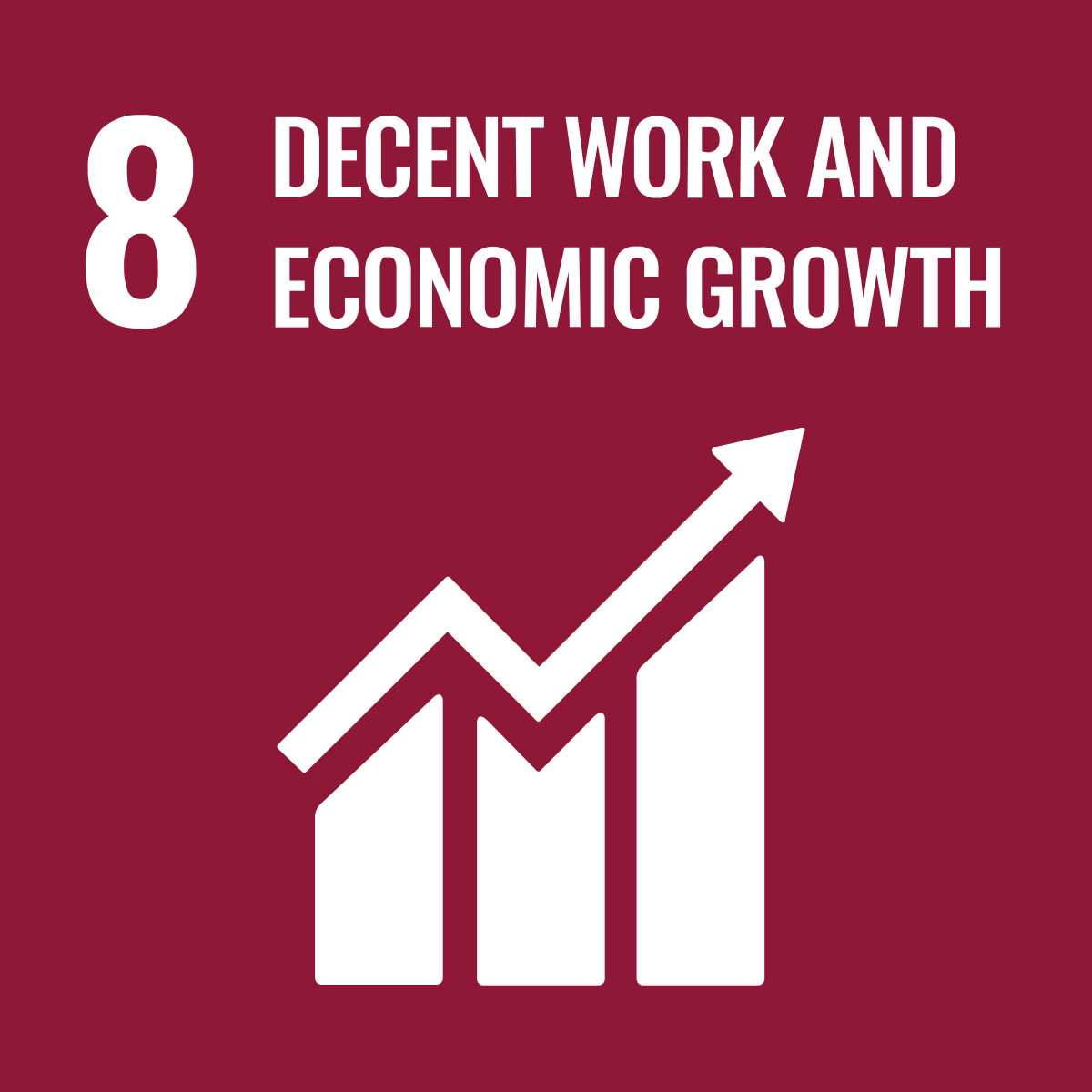Growth potential in light of inflation targeting in east asian countries , indonesia as a model
DOI:
https://doi.org/10.56967/ejfb202149Keywords:
monetary policy, economic growth, inflation targeting policyAbstract
The decade of the nineties witnessed a great crowding from many developed and developing countries towards adopting the policy of inflation targeting as a modern framework for monetary policy through which the explicit announcement of the target inflation rate and directing all monetary policy tools in order to achieve this rate, the discussion later moved towards the impact of This policy in the rate of growth has topped the headlines of many researches. It is claimed that the failure of this policy to promote growth may bring catastrophic results to any country, especially the developing ones. The aim of the research is to know the extent to which the inflation targeting policy can actually achieve high rates of economic growth in eastern countries Asia taken as a model from Indonesia, based on the premise that: The adoption of inflation targeting reflected positively in growth and enhanced its stability. Targeting inflation and economic growth in Indonesia, while the second side celebrated the use of quantitative analysis tools, starting with the data stability test to enhance research and reach its goal, and then progress See the search form. The data for the research were collected based on the publications of the World Bank, and the research covered the period (1990-2019). The research reached a number of results, the most important of which were: - The inflation targeting framework contributes to supporting the levels of macroeconomic performance through its role in reducing fluctuations in economic growth after the trend of a number of central banks in East Asia to implement that strategy
Downloads
Downloads
Published
How to Cite
Issue
Section
License

This work is licensed under a Creative Commons Attribution 4.0 International License.
This is an Open Access article distributed under the terms of the creative commons attribution (CC BY) 4.0 international license which permits unrestricted use, distribution, and reproduction in any medium or format, and to alter, transform, or build upon the material, including for commercial use, providing the original author is credited.






